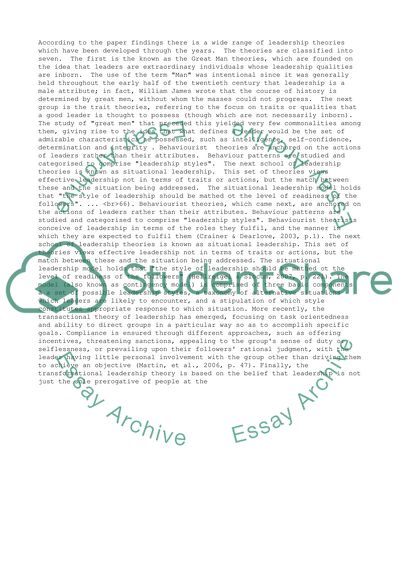Cite this document
(“Contemporary Leadership Theory Literature review”, n.d.)
Retrieved from https://studentshare.org/management/1393208-leadership
Retrieved from https://studentshare.org/management/1393208-leadership
(Contemporary Leadership Theory Literature Review)
https://studentshare.org/management/1393208-leadership.
https://studentshare.org/management/1393208-leadership.
“Contemporary Leadership Theory Literature Review”, n.d. https://studentshare.org/management/1393208-leadership.


